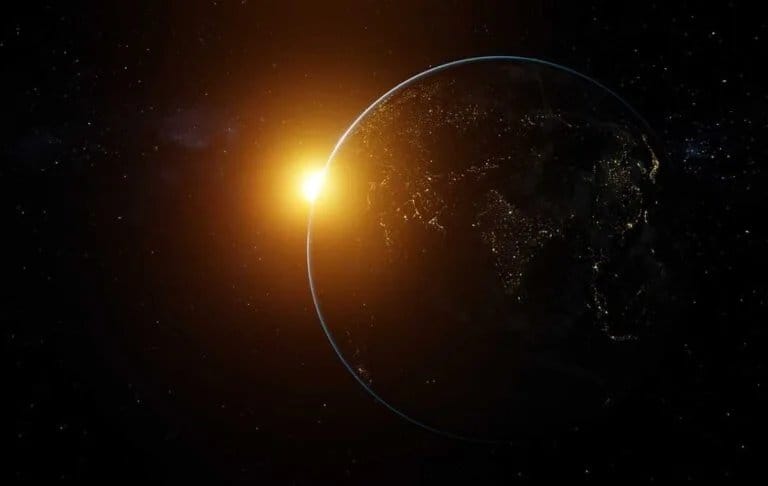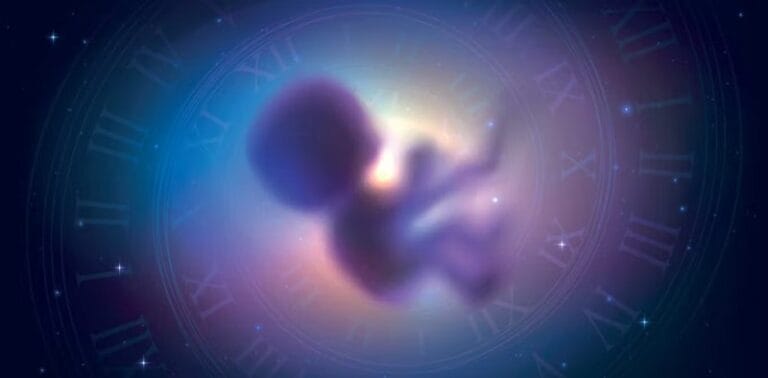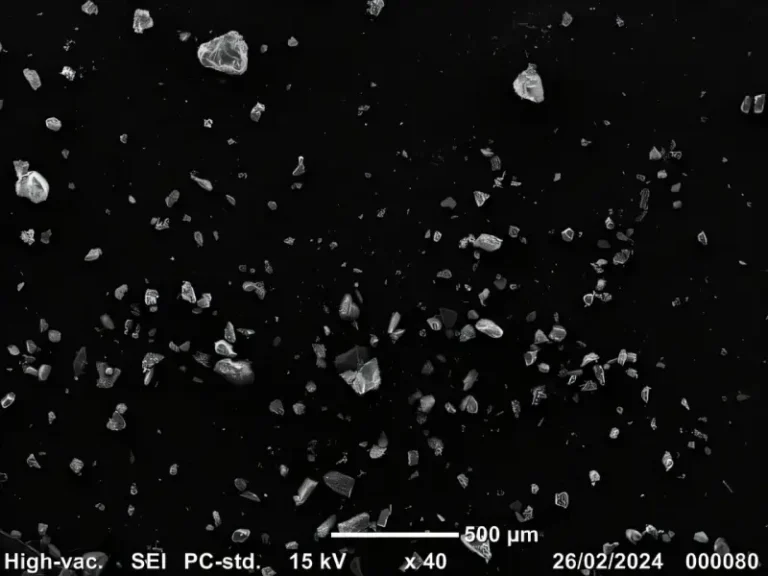Giant impact moved the largest moon in the solar system

New research suggests that Ganymede, the largest moon of Jupiter and the solar system, suffered a devastating impact billions of years ago, which may have altered its internal structure and axis of rotation. This moon is unique in that it is the only one in the solar system that has its own magnetic field and, like the Earth, maintains a fixed face towards Jupiter.
On the opposite side of Ganymede, scientists have identified signs of a giant crater, which could be the scar from a catastrophic event around 4 billion years ago. An asteroid, possibly 20 times larger than the one that caused the extinction of the dinosaurs, with a radius of approximately 150 kilometers, collided with Ganymede. This impact created a transient crater with an estimated radius of 700 kilometers, an area vast enough to encompass one sixth of the territory of the United States.

Ganymede is believed to have an underground ocean, hidden under a thick layer of ice and rock. The massive impact may have contributed to the formation of this ocean and would have been intense enough to alter the moon’s axis of rotation. Over time, this alteration caused the impact scar to move away from Jupiter, resulting in Ganymede’s current orientation.
Planetologist Naoyuki Hirata, from Kobe University in Japan, is leading the research into this impact. He comments that “such an impact would significantly affect the interior structure of Ganymede, as the size of the transient crater reaches 25% of the size of Ganymede.” Hirata adds: “In addition, it is known that the reorientation itself can cause significant heating in the interior due to the dissipation of tides. This would potentially be associated with the origin of Ganymede’s inner ocean. I intend to study this topic in my future research.”
Simulations conducted by Hirata indicate that the specific location of the impact is irrelevant to the observed result: as long as the event was of great magnitude, the reorientation of Ganymede would be inevitable, placing the impact scar in the position we see it today.
In a study published in Scientific Reports, Hirata details that the asteroid responsible for this impact was around 300 km in diameter. He explains that, “immediately after the impact, it would have created a crater 1,400 to 1,600 km wide.” Hirata’s simulations suggest that only an impact of such scale could have been capable of shifting Ganymede’s axis of rotation.

Despite the evidence obtained so far, there are still many unknowns about Ganymede. More detailed observations are needed to confirm these findings and advance further investigations. The European Space Agency’s JUICE (Jupiter Icy Moons Explorer) mission is scheduled to reach the Jovian system in 2031. In 2034, JUICE will become the first spacecraft to orbit Ganymede, providing valuable data to deepen our understanding of this fascinating moon.

Image credit: HIRATA Naoyuki
Hirata is eagerly awaiting the data from the JUICE mission. He explains: “I’m really looking forward to the JUICE data. The Voyager 1/2 and Galileo spacecraft have observed Ganymede, but many areas of Ganymede have not yet been photographed with sufficient resolution.” He continues: “The current accuracy of measurements of Ganymede’s gravity and topography is nil or very insufficient. Future explorations would reveal a remnant of topographic profiles or gravity anomalies associated with the groove-forming impact and reorientation of Ganymede, which would provide information about this giant impact and the early history of Ganymede.”
In short, Ganymede is not only the largest moon in the solar system, with a diameter of more than 5,260 km, larger even than the planet Mercury, but also a celestial object of immense scientific interest. Its unique characteristics and the possibility of a colossal impact that shaped its structure make Ganymede a focal point in the search for answers about the formation and evolution of ice moons and, perhaps, evidence of extraterrestrial life in our solar system.
An article on the research was published in the journal Scientific Reports.






